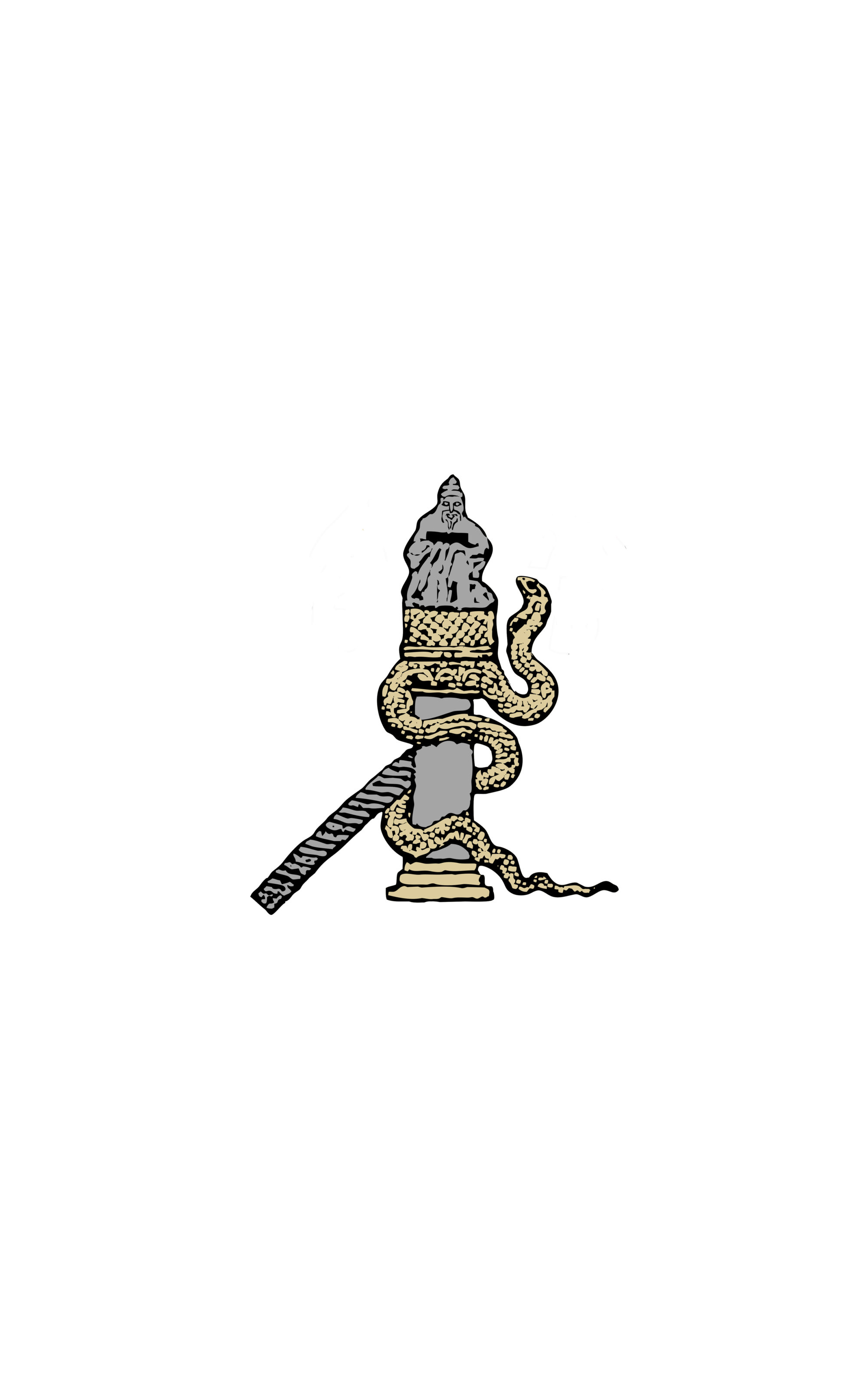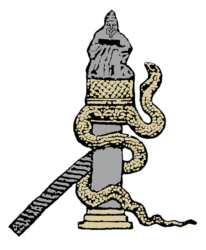Power, Ideology and Identity: Monastic Foundations in the Late 12th Century. Examples of Architectural Commission in the Serbian Medieval State
Jelena Jovanović, Université de Rome – La Sapienza
The Nemanjicì Dynasty was the ruling ascendancy of Serbia that generated eleven monarchs between 1166 and 1371. It’s progenitor the Grand Chieftain (Veliki Župan) Stefan Nemanja (1166-1196) has continuously alternated strategic alliances with both Byzantium and the West, while fighting his brothers for the political hegemony of the region.
The political-ideological-religious axiom of his ambition was most clearly expressed through the building of monastic foundations: to justify the legitimacy of his aspirations, he relied on the help and assistance from saints, his protectors, often inspired by the trends of the constantinopolitan elite with whom Stefan Nemanja alternated periods of fight and of vassalage throughout the 2nd half of the 12th century.
The paper examines some of the most distinctive features of monastic foundations commissioned by Stefan Nemanja and his immediate successors that represented the establishment of private, familial and, at the same time, religious and ideological endowments: S. Nicholas near Kuršumlija, S. George near Stari Raš (The Towers of S. George), Studenica, Žiča.
Specific attention will be oriented to the analysis of the phenomenon of the Comnenian dynastic foundations in Constantinople and its direct and indirect influence in the Balkan peninsula. It also aims to cast light on the general historical context in which the examined structures are placed and to trace the ways of transmission, as well as the problematics, of specific architectonical forms.

